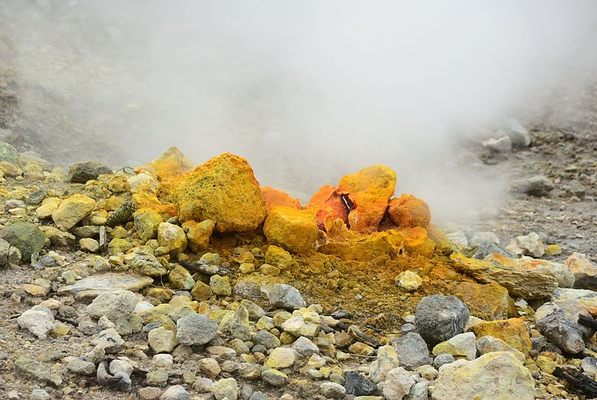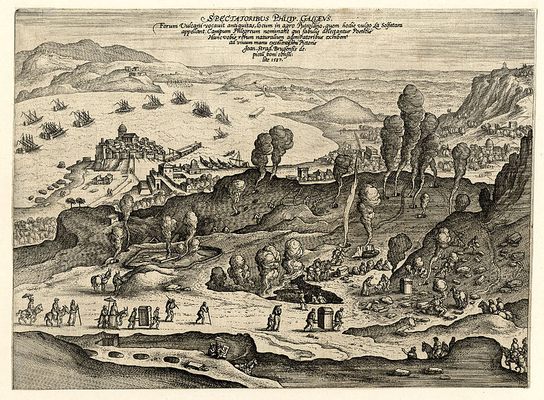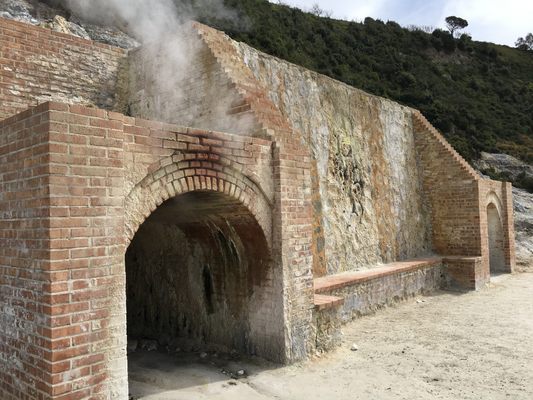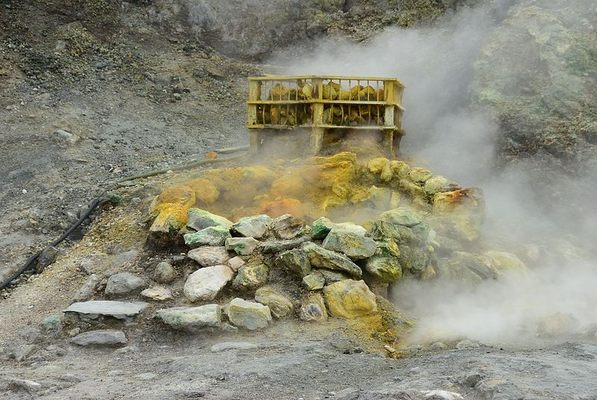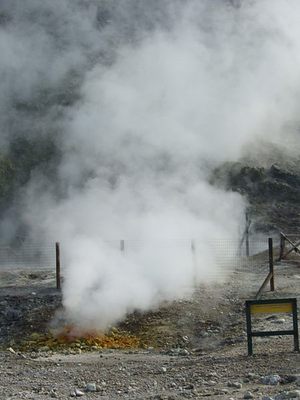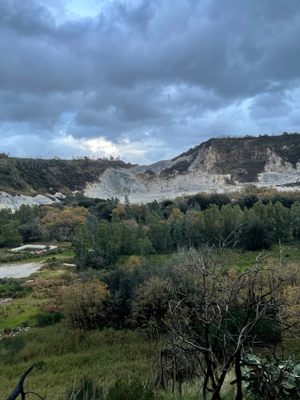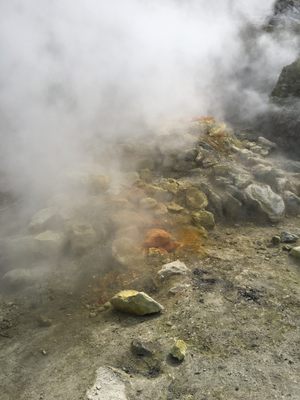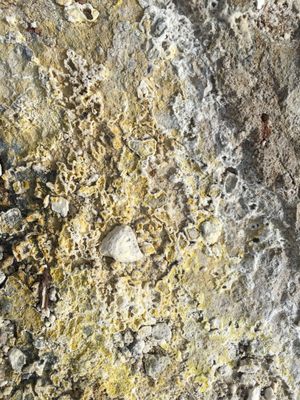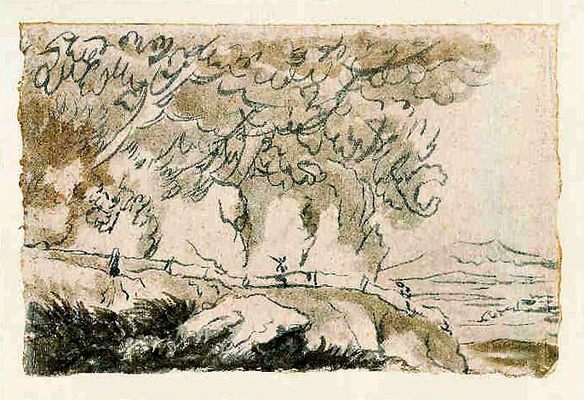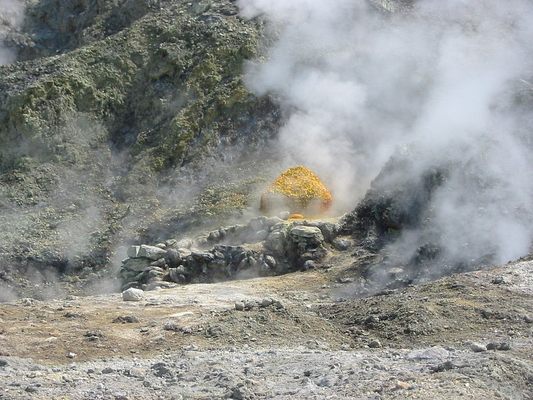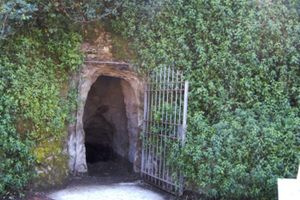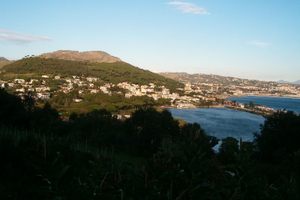About
The ground moves, the earth shakes, and scalding, stinking steam rises from hissing fissures in one of the most seismically active volcanic landscapes on Earth.
Home to Vulcan, the Roman god of fire, the area just to the west of Naples, Italy is one gigantic volcanic caldera. Since antiquity, the smoking, sulfurous landscape also known as Campi Flegrei has been associated with Hell and the underworld.
The original volcanic blast that created the caldera is estimated to have occurred about 37,000 years ago. Most of the land is now at sea level, with some of it submerged in the Bay of Naples. The landscape abounds with steaming fumaroles and boiling mud. One volcanic crater is occupied by Lake Avernus, the mythological gate to Hell.
Although ancient, the land is in a state of gradual - and ocassionally dramatic - change. In the fall of 1538, a new volcano emerged from the ground, now known as Monte Nuovo, or "New Mountain". It is the youngest mountain in Europe. The Phlegraean Fields are also known for the excellent examples of bradyseism, or the rising or lowering of ground levels due to fluctuations in magma chambers below ground. As recently as the 1980s, the ground rose 1.8 meters in just a couple of years.
The volcanic activity of the Phlegraean Fields is watched over by the Vesuvius Observatory, the oldest volcanology research center in the world.
Update February 2018: The Solfatara crater in Pozzuoli is temporarily closed to visitors following a tragic accident in 2017.
Update August 2019: Solfatara continues to be closed to the public.
Related Tags
Flavors of Italy: Roman Carbonara, Florentine Steak & Venetian Cocktails
Savor local cuisine across Rome, Florence & Venice.
Book NowCommunity Contributors
Added By
Published
July 9, 2013
